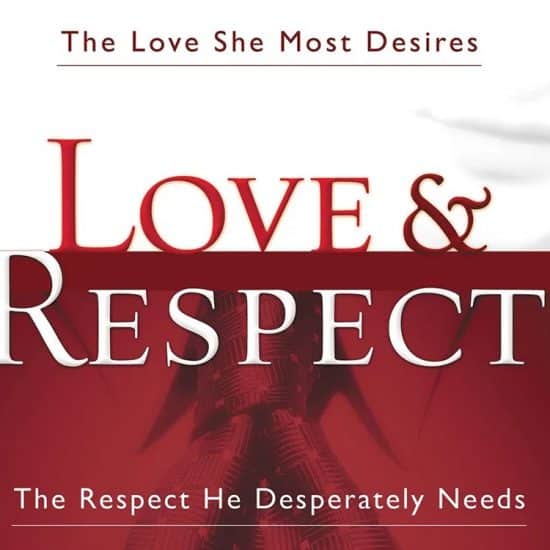A lot of marriages are on the rocks, but many suggest the institution of marriage itself is in significant decline. As our June 23 cover story suggests, an increasing number of couples have decided that one way to avoid a rocky marriage is to steer clear of the institution altogether.

Bill Webb
|
Some of the statistics noted in marriage stories in our June 23 issue are startling:
• The percentage of middle-aged adults who are married declined from 88 percent in 1960 to about 66 percent today.
• Married couples account for only 48 percent of households today, down from 52 percent a decade earlier.
• The number of opposite-sex couples who choose to live together without the benefit of marriage in the United States is 7.5 million, another number that is on the rise.
• Sixty percent of the population believes an unmarried man and woman engaging in sexual relations is morally acceptable.
• Similarly, 54 percent believe it is morally acceptable for a man and a woman to have children out of wedlock.
• Sixty-nine percent believe divorce is morally acceptable.
Studies suggest that sex isn't the only motivation for cohabiting couples; today, 41 percent of children are born out of wedlock compared to 5 percent 50 years ago.
For many people, cohabitation eliminates barriers to separating and moving on when a relationship goes sour, or perhaps simply becomes boring. Such relationships become self-fulfilling prophecies because they are grounded in a shallow level of commitment. Absentee parents of children produced in such relationships — and in some marriages, of course — increase the odds of children making poor choices.
One study suggests that boys are twice as likely to wind up in prison by age 32 when a father is absent from their lives. Similarly, the less a dad is around in the early years for a daughter, the more likely she is to become pregnant as a teen. The risk doubles if the father leaves while she is in school; if he leaves before she turns 6, the risk increases seven times.
One of the interesting facets of some of this research is that marriage and religion go together. Each institution has the potential of strengthening the other. This is not rocket science. Both a faith relationship and a two-shall-become-one marriage relationship have their success or failure bound up in commitment. Commitment prompts a partner to think twice about what is valuable and what is merely fleeting. Commitment is the hard-work quality that stands firm when a person doesn't feel like sticking it out. Giving up too quickly ceases to be an option, because commitments are to other people and to God. To fail others in relationships is tantamount to failing God.
Married couples with children are more likely to be responsive to opportunities to attend church, probably because congregations are family-oriented and partly because the church is still regarded as the most stable institution in society. Every congregation should have that reputation.
By their nature, congregations encourage support of families because they encourage support of members young and old. In days past, a lot of people who grew up in the church as children look back to note that many adult members were like aunts and uncles. They assisted in nurture and training of children across family lines, and they had permission to encourage their spiritually adopted "nieces" and "nephews," not to mention the license to correct when children were out of sight from their parents.
Most congregations work pretty hard at helping families in a myriad of ways; they are intentional about family ministry. They encourage families to engage in mission trips and local ministries to others. They assist families in developing devotional and prayer times as a family. They provide shared Bible-reading opportunities.
Increasingly, congregations provide opportunities for marriage enrichment, either on the church campus or in retreat settings. Such opportunities enable mature couples to model strong marriage relationships for the benefit of couples whose marriages need tuning up. They help couples prioritize their marriages and learn ways to enhance marital intimacy. Obviously, their children benefit, too.
Some congregations make efforts to help families live healthy lifestyles through disciplines like exercise, proper rest and diet, and regular exercise. Such congregations discover outsiders are attracted to such ministries. Life is rife with challenges to marriages and to families, and most parents are inclined to find help to strengthen that which is most important to them.
Perhaps one of the best ways to turn the trends from casual relationships between couples is to produce marriages that demonstrate the superiority of a relationship based on commitment and wedding vows uttered before God and other witnesses. It is pretty similar to how unbelievers are reached for the kingdom of God.
Bill Webb is editor of Word&Way.






